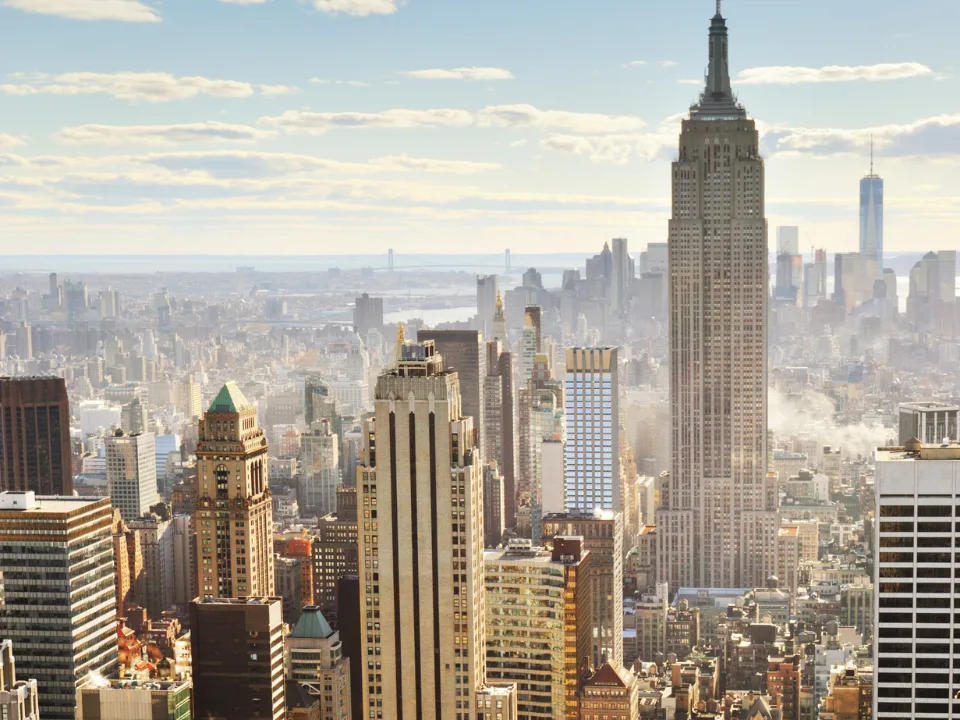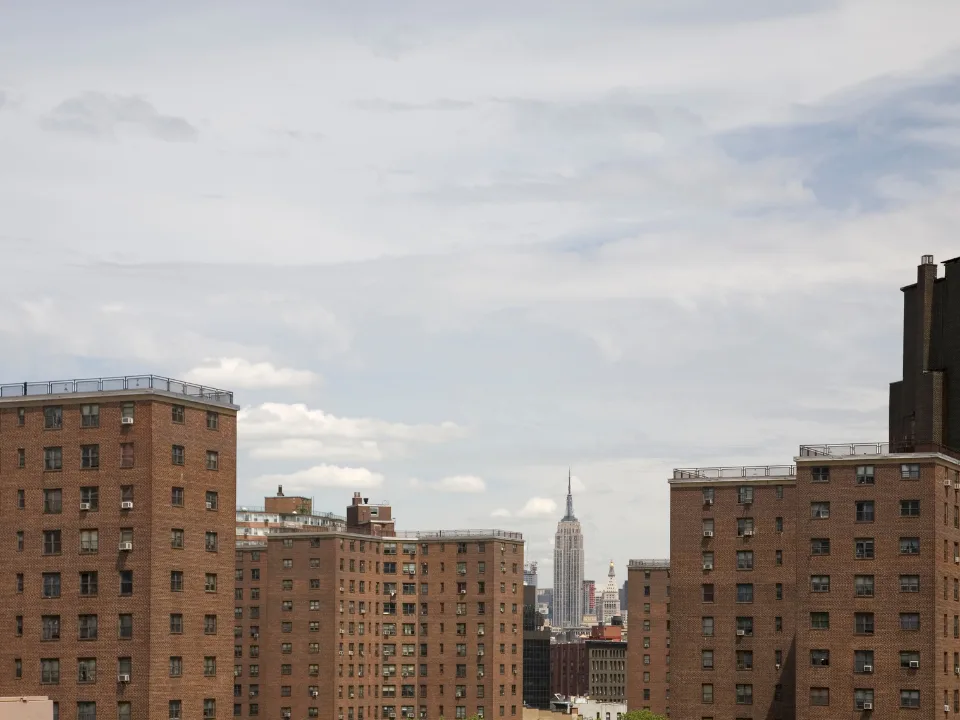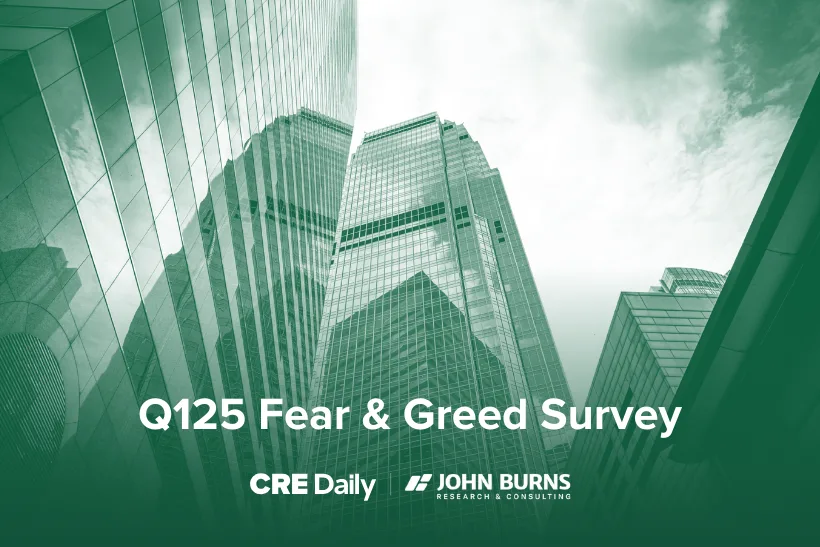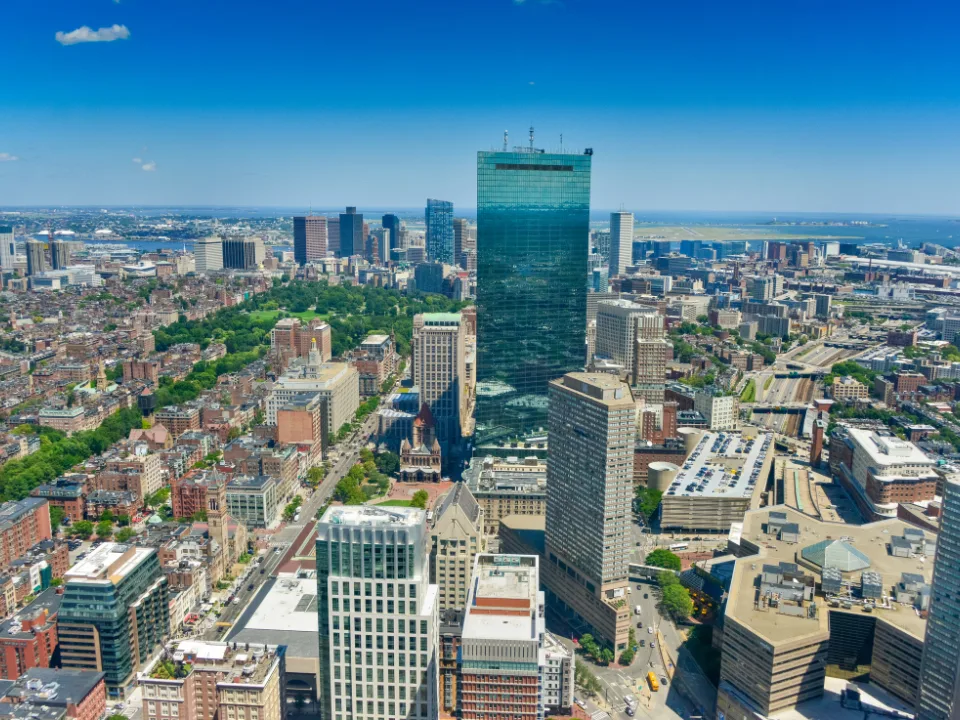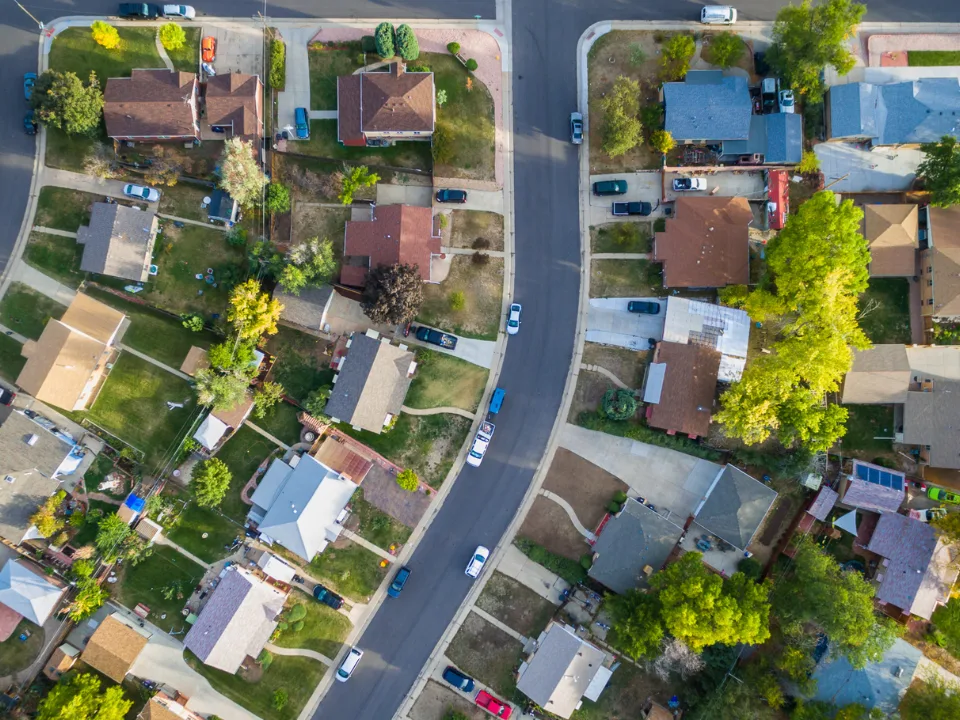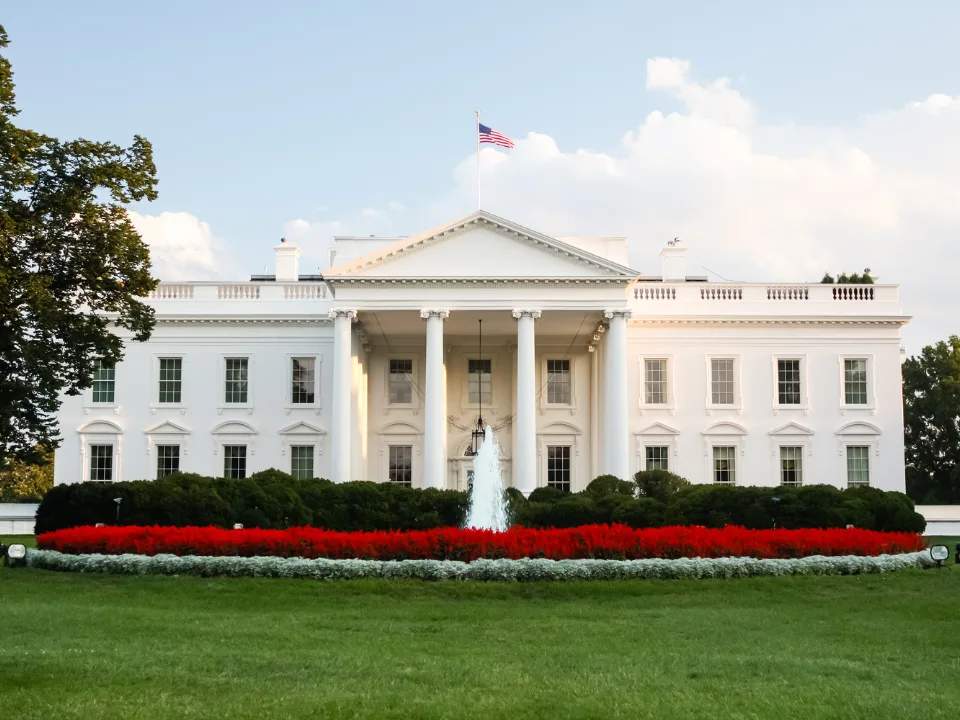- NYC building owners face mounting pressure as May 1 deadlines loom for several climate regulations, notably Local Law 97’s emissions caps, though grace periods extend some deadlines to June 30.
- Local Laws 84, 87, 95, and 133 also require compliance this year, creating a complex web of regulations prompting many landlords to hire consultants.
- Despite extensions and help available, many landlords are reportedly unprepared, risking fines and public scrutiny through mandatory energy-efficiency grades.
New York City landlords are bracing for a wave of compliance deadlines under an array of climate regulations, most notably Local Law 97, as the city aggressively moves to curb building emissions, per The Real Deal.
Though some deadlines have grace periods, experts warn that many owners are still far behind and could face stiff fines.
A Ticking Clock
The immediate focus is Local Law 97, which sets strict emissions caps for large buildings and requires annual compliance reports. Properties listed on the Covered Buildings List (CBL) must submit these reports by May 1, 2025 — though a 60-day grace period effectively extends the cutoff to June 30. Owners can also request an additional 30-day extension with proper documentation from a registered design professional.
Despite these buffers, consultants like Jimmy Carchietta, founder of Carbon Shield, report a flood of last-minute inquiries. “May 2 is going to be the greatest day in my business’ life,” Carchietta quipped, highlighting the scramble among property owners to avoid penalties.
Get Smarter about what matters in CRE
Stay ahead of trends in commercial real estate with CRE Daily – the free newsletter delivering everything you need to start your day in just 5-minutes
The Details
Beyond Local Law 97, owners must contend with several other environmental mandates:
- Local Laws 84 and 133: Require buildings over 25,000 square feet to benchmark their energy and water consumption annually, with the 2025 deadline similarly extended to June 30.
- Local Law 87: Mandates that buildings over 50,000 square feet complete an energy audit and retro-commissioning every 10 years. Reports for 2025 must be submitted by December 31.
- Local Law 95: Requires buildings to post an energy efficiency grade each October. Poor grades can publicly shame underperforming properties, with many still scoring a “D.”
EnergyStar’s Portfolio Manager tool is used to calculate the grades, with missing a deadline automatically resulting in an “F” rating.
Climate Compliance Chaos
The web of deadlines, penalties, exemptions, and technical jargon has spurred a booming cottage industry of consultants. Firms like Carbon Shield offer tools and services to guide landlords through compliance, but even with help, experts say real reductions — not shortcuts — are needed.
“The greatest investment for building owners is in energy efficiency,” said Carchietta. “Reducing emissions starts with cutting consumption — there’s no magic solution.”
Why It Matters
Failure to comply with these climate laws could result in significant financial penalties for property owners, while energy-efficient upgrades can add long-term value and resilience to assets. Moreover, NYC’s aggressive approach is likely a preview of tighter environmental regulations to come in major US cities.
What’s Next
Expect more landlords to invest in retrofits, renewable energy purchases, and efficiency upgrades as compliance costs rise. Meanwhile, the consulting industry supporting climate compliance is poised for even greater growth, with the city’s stringent environmental targets setting a precedent nationwide.
